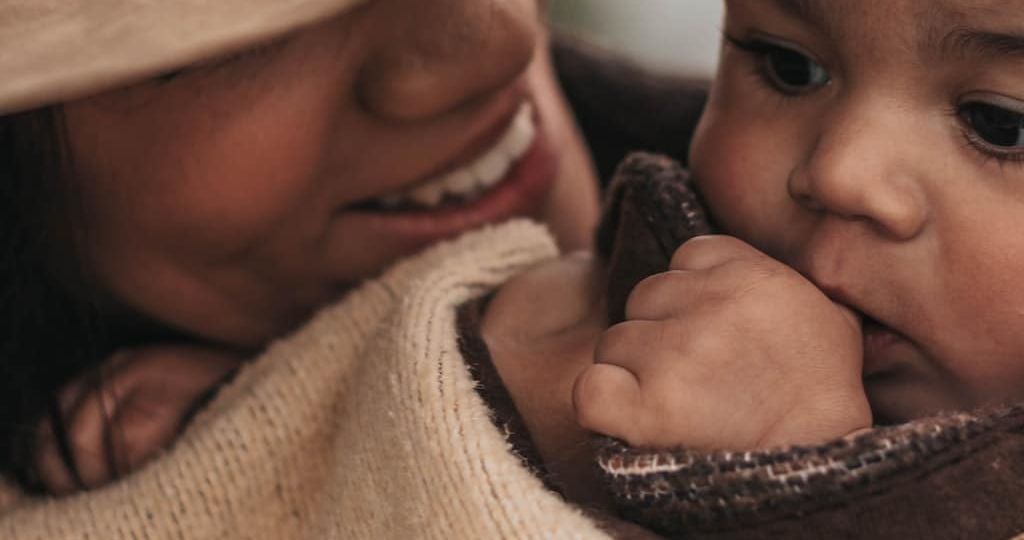
Being a parent is considered the most beautiful job in the world, but it also means a lot of questions and interrogations that we don’t necessarily dare to ask. However, it is essential to calm your anxieties by taking advice, either from a caring family and friends, from health professionals who listen to you or from us, SOS Parent. On our blog, we accompany and guide you on the magnificent path of parenthood and we answer with seriousness, but humor, the questions that all young parents ask themselves.
Baby is such a fragile little being, but so complex at the same time. Little by little, you will learn to decipher his body language (not everything is done through crying). Let’s see together how to recognize if your baby is hungry or needs to be sucked?
Why does baby need to suck?
Sucking is a natural mechanism. It is an innate and instinctive need that develops during intrauterine life and continues for several years. The sucking mechanism is not necessarily associated with a feeling of hunger. In fact, sucking, outside of the feeding phases, allows the regulation of baby’s breathing and swallowing. This need to suck is irrepressible for baby, because it allows him to calm down, to reassure himself and to find his sleep more easily.
Sometimes, baby wants your breast so badly that you feel like a giant pacifier. Don’t worry, if baby is asking for it, it’s because he needs it. There’s no risk of overfeeding either. Generally, if your baby is clamoring for the breast, it’s because he needs to be fed. However, the instinctive sucking need should not be confused with the comfort sucking that comes much later.
The comfort sucking need helps the child to calm down during a crying fit, for example. If your child is still sucking his thumb or a pacifier around the age of 4, it is necessary to have him remove it, at the risk of seeing his jaw deform under the action of the sucking.
Signs of hunger in babies
Babies, even young ones, will use many tricks to let you know it’s time to breastfeed. There are multiple signals you can detect before your baby cries.
Just as your little one was calm and relaxed, she starts to fuss. He’s fidgeting with his eyes, legs and arms. He stretches. Of course, stomach cramps due to hunger can be painful, so baby may get grumpy and share his discomfort. Of course, he’ll be looking for his food. He will move his head around to find your breast. If he’s up against you and already holding his head a bit, it may seem like he’s literally headbutting you. If you put your finger or pacifier near his mouth, you won’t be dealing with a cute child anymore, but with a restless child who will grab your finger. He will wait for you with loud sucking noises and will try to suck on his tongue, his fingers or anything else that comes within reach of his mouth. You know the last phase well: crying!
Beware of confusing breast and nipple
Breastfeeding moms are very reluctant to offer a pacifier to their babies because of the risk of breast/nipple confusion. Indeed, this risk is quite common, especially when the pacifier is presented too early to the child and he has not yet acquired the sucking movements associated with breastfeeding. Once breastfeeding is integrated, the risk of confusion is greatly reduced. Each parent will act according to his or her own conscience regarding this issue. For moms who are afraid of feeding their baby too much by offering him the breast exclusively, this is impossible. Your baby feeds by instinct, not by greed. When he asks for the breast, it is because he is hungry. If he needs to respond to a desire to suck, your baby will tend to make the feeding last longer than usual. In short, as long as the child is still young and is clamoring for your breast, it is primarily to feed.

